Organizing small spaces – 10 tips to keep compact rooms neat
Make organizing small spaces more manageable by following the experts’ advice for beautifully curated interiors
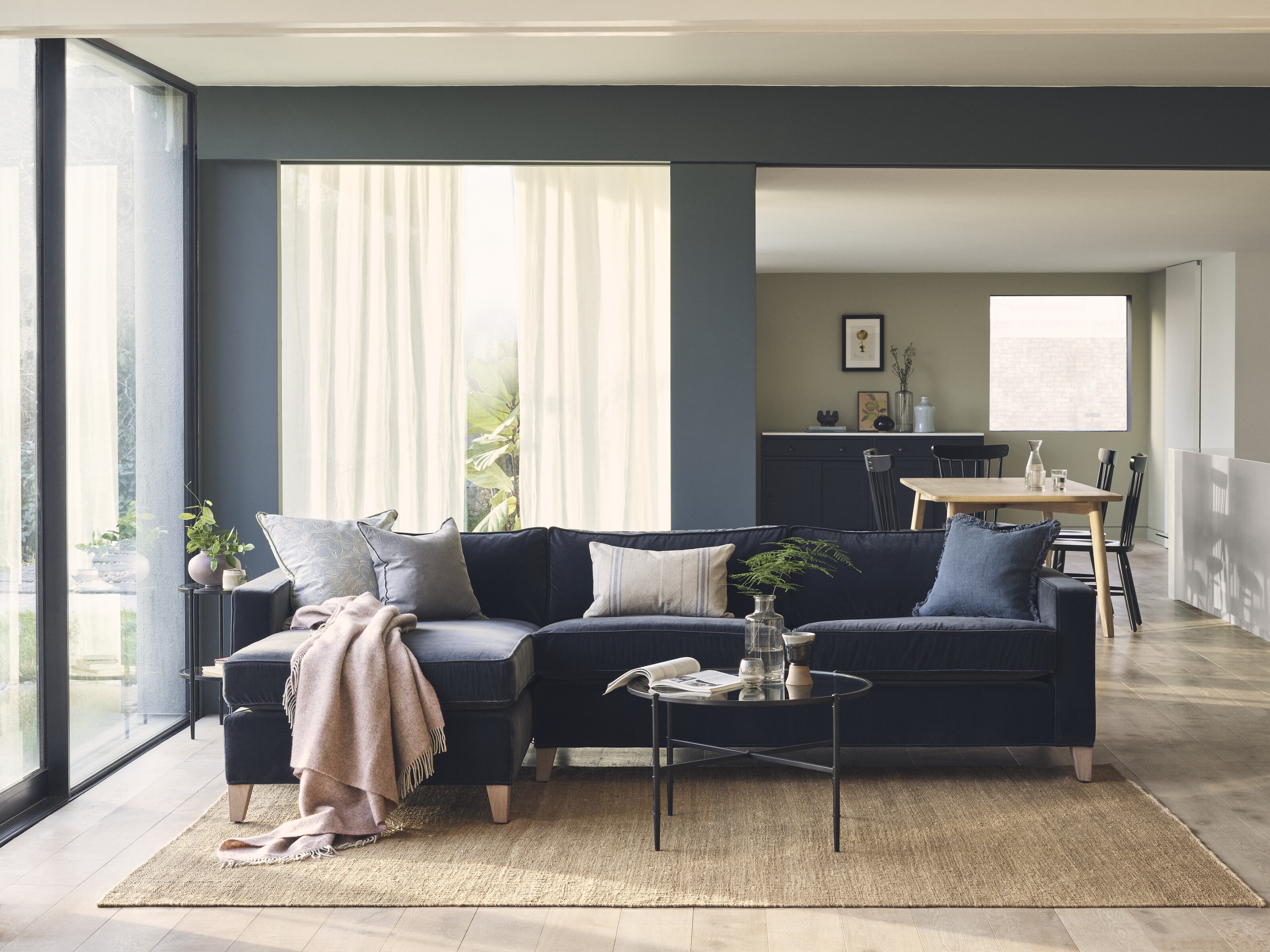

To organize small spaces, keeping control of clutter and maintaining order is key. Developing good organizational skills will not only lead to a clutter-free space, but will also make life easier day-to-day.
Begin by setting your intentions whether you’re organizing an entryway or another compact area. ‘It all starts with having one objective in mind, and that’s to keep a small space organized – otherwise chaos will ensue. To do this, you need to ensure everything in that space really does have a home,’ says Jacqueline McLeod, director of the Association of Professional Declutterers and Organisers (APDO).
To really maximize those inches – and a great solution for small room ideas – it's wise to invest new storage ideas, especially the sort that come with internal organizing systems like dividers and caddies,
‘Look out for multi-purpose furniture, for example a stool for accessing high shelves that doubles up as a storage box. Or, for a hallway, source one piece of furniture that can store shoes, coats, umbrellas and even the mail,’ adds Jacqueline.
Below, we bring you expert advice on organizing small spaces.
Organizing small spaces
One of the best ways to keep a small space organized is to not buy too much in the first place. Really think about whether you need an item before you purchase and avoid impulse shopping. Experts recommended allowing 24 hours grace to think about whether you really need items in your online shopping cart before you hit 'buy'.
Even necessities should be shopped with caution if space is an issue. Bulk buying provisions like toilet paper or juice might save a few pennies but it shouldn’t be at the expense of living space, especially if you reside in an urban area where shops are open 24/7.
1. Edit closet contents
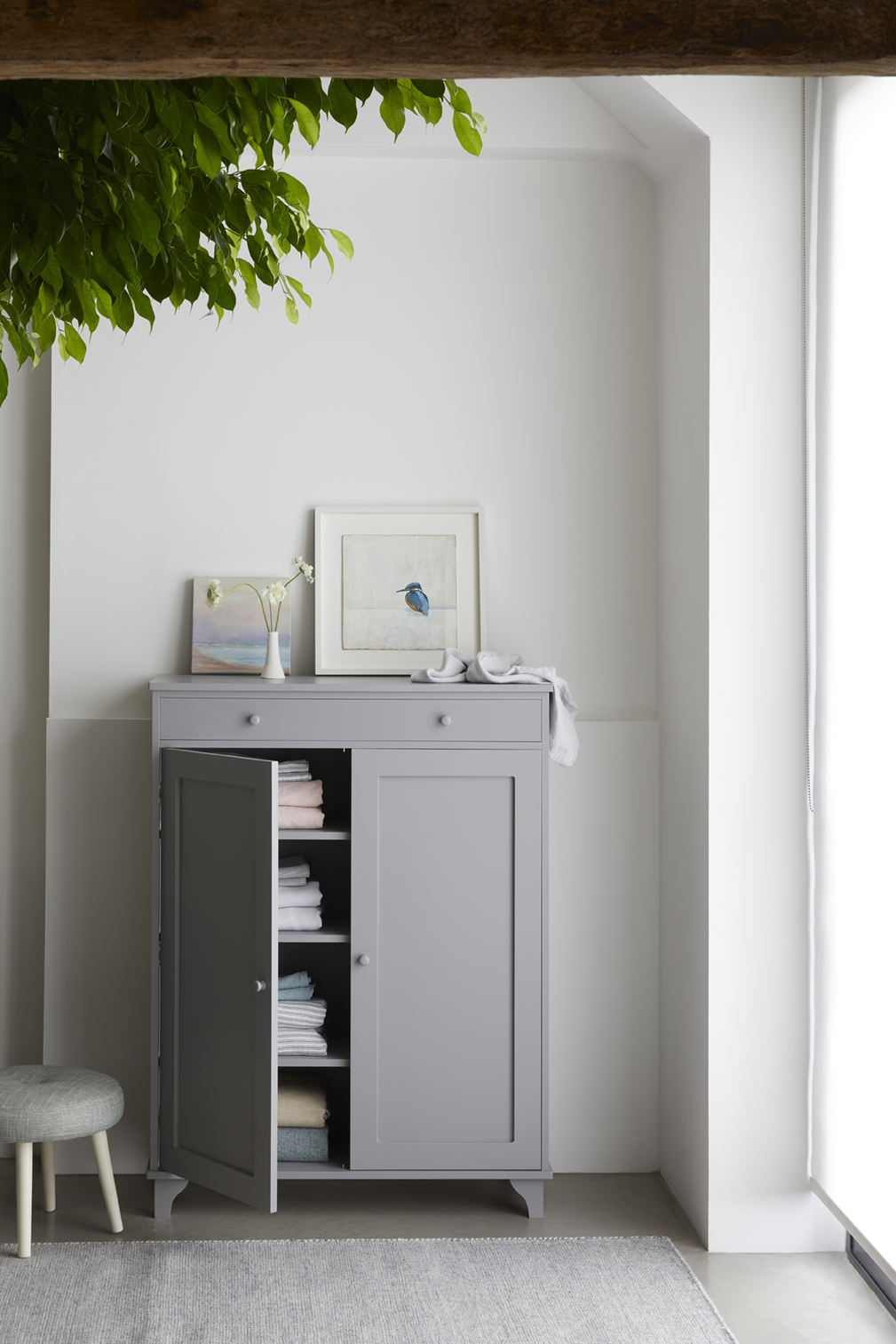
Decluttering and restoring order to an entire home can feel daunting. The best way to make organizing small spaces easier is to tackle it one room at a time. This approach can also be broken down to organizing drawers or organizing closets one at a time.
Start by taking out all the contents and giving the interior a good wipe down with a clean damp cloth – you might need to vacuum out any dust and debris first. Then assess each item carefully. Think about when you last used it and whether you have anything else that does the same thing.
‘If you haven’t used something in a year, you don’t use it. Either plan it into your routine or get rid,’ advises author and professional organizer, Kathryn Lord of More To Organising. ‘If you are struggling to let go of some things, pop them in a box and put them somewhere in your house. If you don’t use it within the next three months, it’s time to let go.’
Next decide whether each item is being stored in the right place, or would it be more convenient kept in a different room? Once you have weeded out any broken or mis-located items, think about frequency of use. Put contents back according to how often they’re needed, with those in daily use nearest to you when opening cupboard doors or drawers.
‘Use the tallest shelves for those things you use less often,’ adds Kathryn. ‘Decluttering is not a one-time thing. But the good news is, once it’s done, it’s easier to keep on top of and the more you do it, the easier it gets.’
2. Keep countertops clear
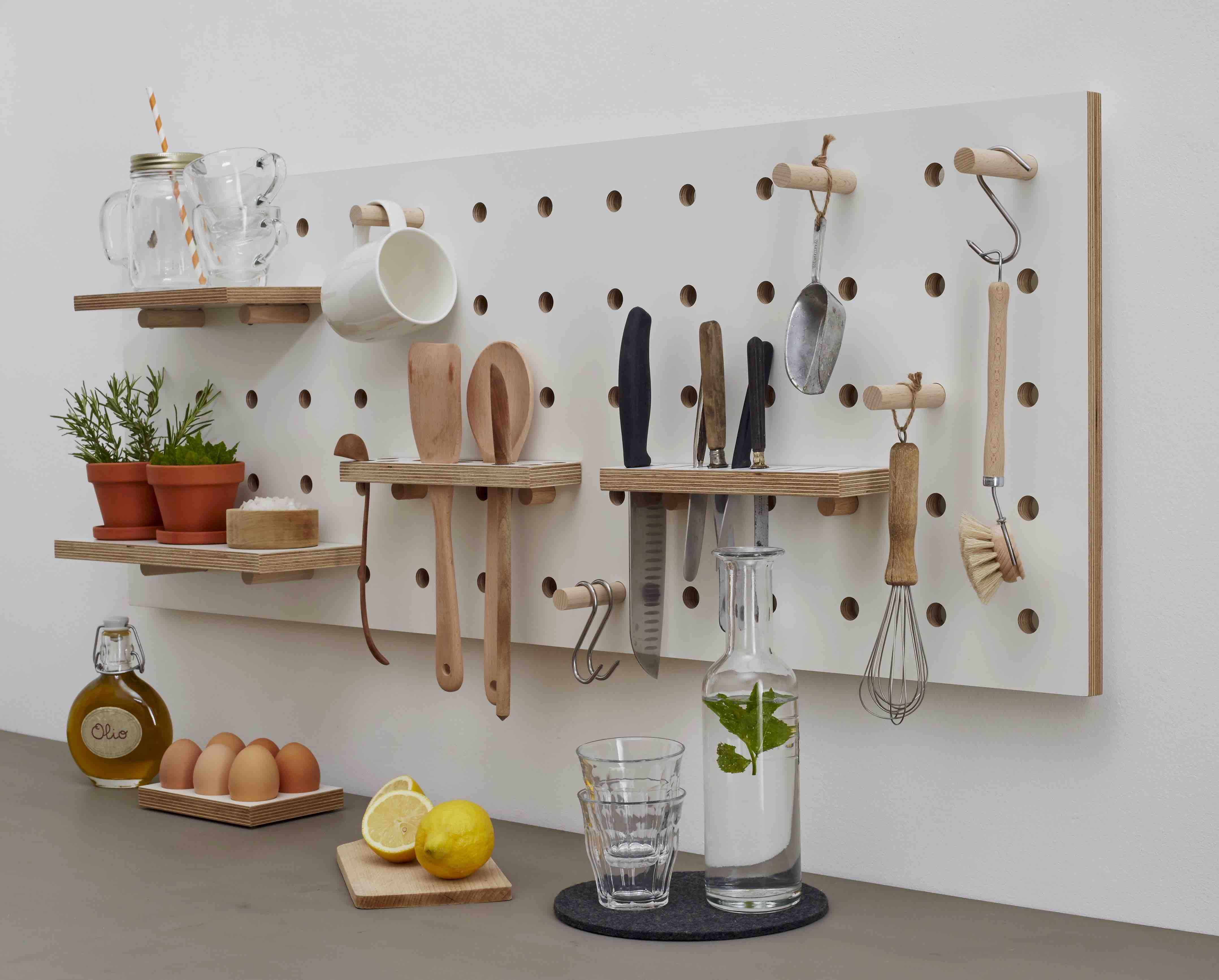
When it comes to organizing a small kitchen, of course you want to ensure that cabinets and drawers are efficiently utilized – but organizing kitchen countertops is vital too: the more surfaces you can keep completely clear, the more space you’ll have to prep foods and spread out when cooking. Clear countertops are also easier to keep clean.
Use the vertical space – aka the backsplash area – to lift essentials like oils, utensils and chopping boards off the surfaces yet keep them close to hand.
‘Find storage solutions that can be hung on the wall and that can house multiple items; they’re great for immediately spotting what you need,’ adds Jacqueline McLeod of the Association of Professional Declutterers and Organisers (APDO).
These kitchen organizers could be as simple as a peg board with flexible caddies, shelves and hooks, or you could invest in specialist wall storage designed for kitchen use.
‘Also use a sink caddy that attaches to the inside of the sink rather than in a container on the worktop. Make use of cabinet door knobs to hang tea towels, use under sink shelving, and racks to store your spices,’ adds Jacqueline.
3. Divide vertically
While horizontal shelving and drawers work well in most scenarios, there are some instances where dividing cupboard interiors vertically will make much better use of the space. Think organizing a hall closet or organizing a linen closet, for example.
‘Tall items like ironing boards, vacuum cleaners and the mop and bucket can be hidden behind closed doors. Including vertical dividers mean they won’t fall into each other and get tangled, so getting them in and out is easy,’ says Sinead Trainor, manager, LochAnna Kitchens.
Organizing small spaces isn't just about storage – think practicalities, too. For example, fitting electrical sockets inside tall cabinets will allow cordless appliances to charge while they’re neatly stored away. Also consider including vertical dividers in kitchen cabinets that are used for stashing baking trays and chopping boards; no more pulling out seven trays to get to the one you need.
4. Tidy up toys
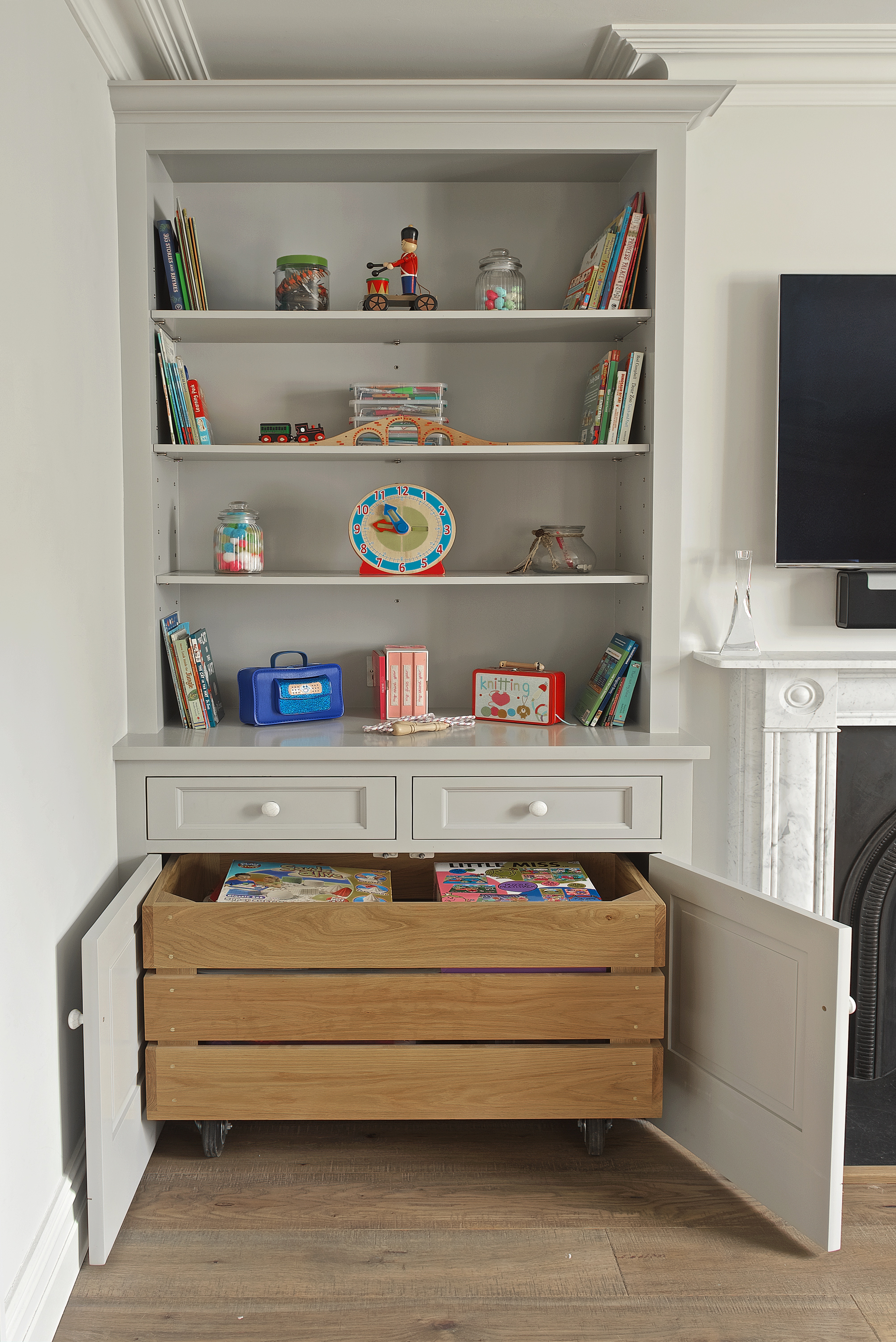
It is possible to have children and a tidy house with good toy organization. However, it really helps if you allocate dedicated toy storage ideas close to where your children play. It may sound obvious, but you really need to look at the size and scale (and awkward shape) of the toys and treasures your children currently use.
So many parents install a huge wall of cubby style boxes only to discover half the toys refuse to be wrestled inside. A large toy box with lift-up lid can often accommodate larger plastics more easily. Also think about where you’ll 'park' the prams, scooters and other out-sized toys. Smaller tray style storage with dividers are excellent for craft supplies and Lego.
Here, Charlie Kingham made a toy box on castors that can be pulled out to wherever the children are playing and then hidden away once they’re safely tucked up in bed. More attractive toys can double as display pieces on open shelves.
5. Switch to a storage bed
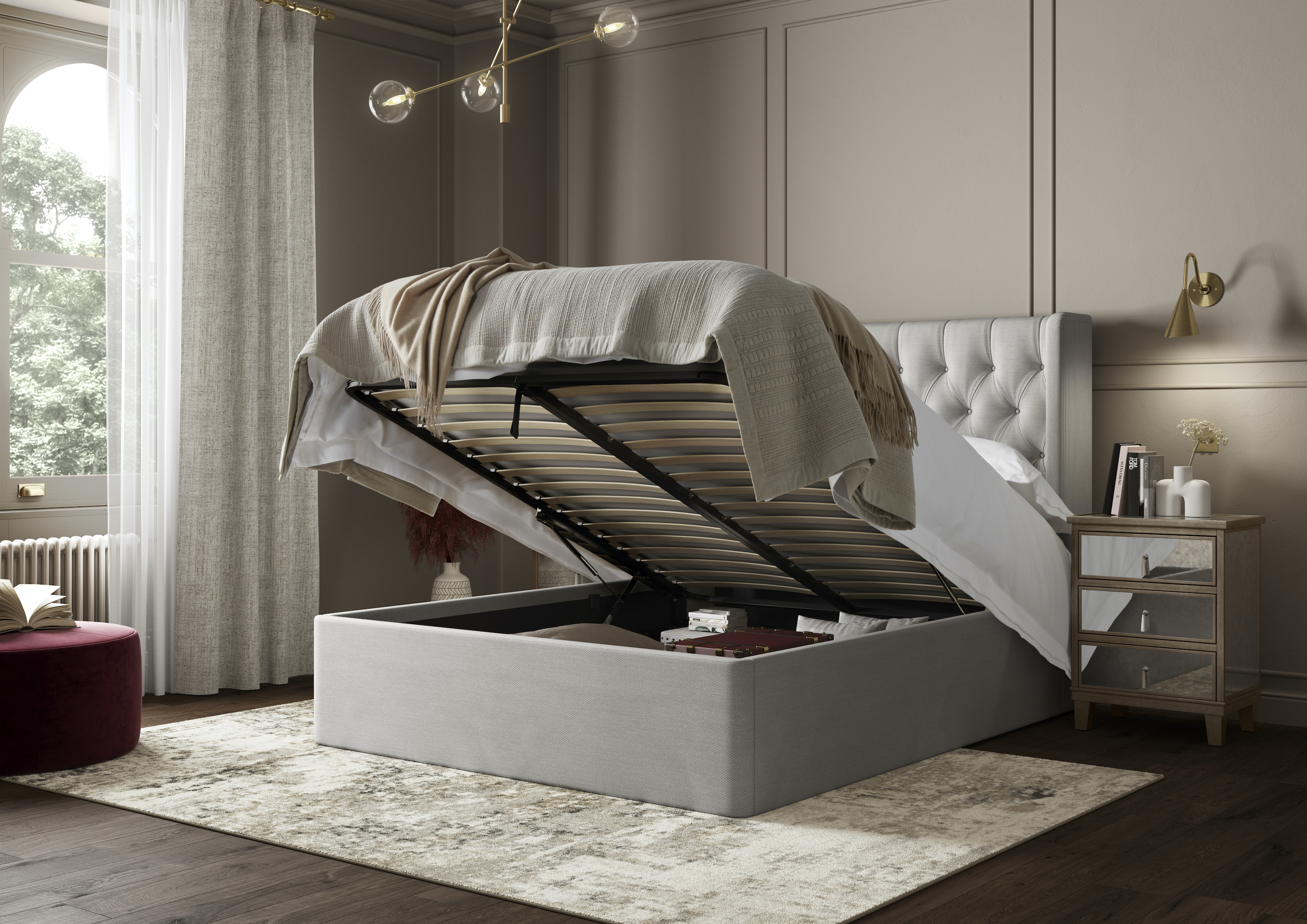
A bed without any storage beneath is a wasted opportunity in space-starved small bedrooms and, if you’re looking to get maximum bang for your buck, an ottoman-style bed is undoubtedly the answer when organizing a bedroom.
‘Ottomans provide the most impressive storage, with the entire mattress base lifting up via an easy-to-operate hinge mechanism – perfect for those seeking extra space to store spare linens and bulky items like winter duvets or ski wear,’ says Phillipa MacDermott at Feather & Black.
However, while accessing the underbed storage inside an ottoman bed isn’t physically hard, it’s probably not something you’ll want to do every day. For storing items you use frequently, experts recommend a bed base with built-in drawers. For maximum drawer capacity, install a wall-hung bedside table or shelf that will allow drawers to open below. You can also buy storage beds with a large drawer at the end that are aimed at narrow bedrooms.
6. Utilize unseen spaces
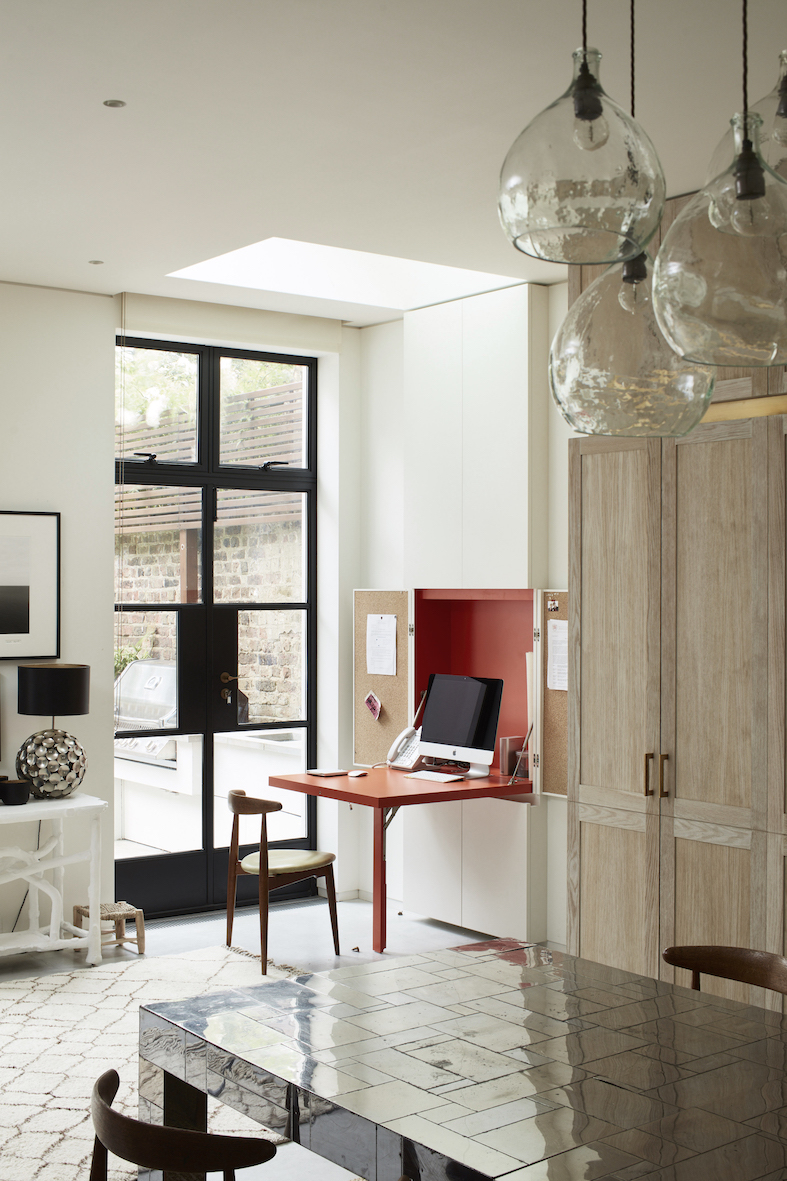
When organizing small spaces, hunt down those overlooked corners, neglected blank walls or forgotten niches ripe for utilizing helpfully. It could be as simple as putting up bookshelves above a doorway or adding hooks under kitchen wall cabinets to hang cups, to a more time consuming but satisfying remodel of an empty void under the stairs.
Other ideas include shelving out an unused fireplace for books or baskets, putting lightweight but attractive trunks or rattan boxes on the top of cupboards and wall cabinets, and even hinging the bath panel to stash toiletries and cleaning products in the void under your tub.
Using unseen spaces for stylish storage solutions can make room’s feel bigger, as it draws attention to the full width or height of the space. You can also make rooms more useful, for example installing a drop-down desk in the corner near a rarely used external doorway, as Guy Stansfeld Architects has done here.
Adding a bench with storage beneath in the hallway will provide somewhere to sit when taking off shoes, and then somewhere to stash them so they’re not cluttering up your hallway.
7. Declutter your closet
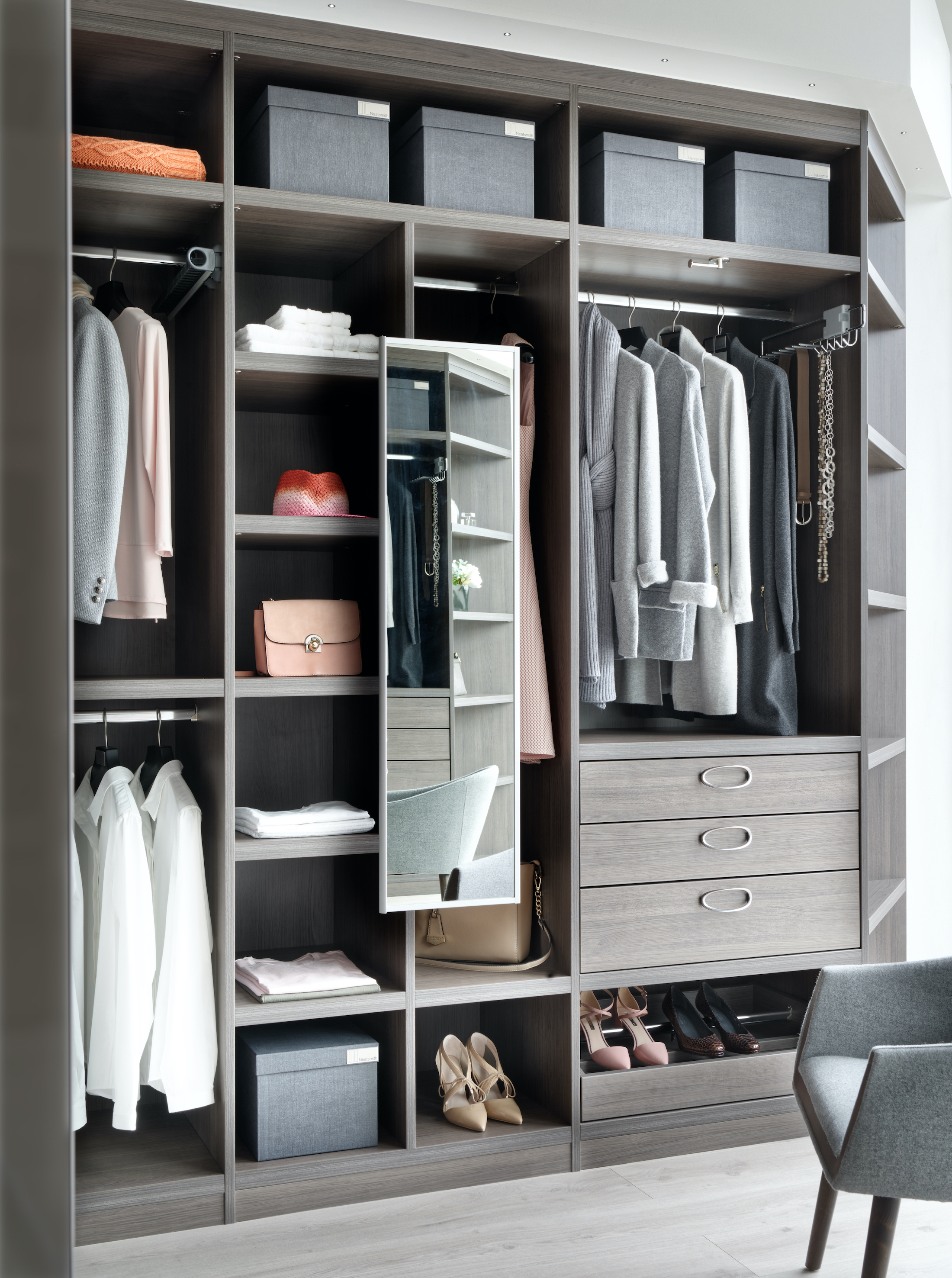
If you have plenty of clothes but can never find anything to wear, a closet declutter is long overdue. Well-organized closets, where you can see every item and, more importantly, reach it with ease, can make a huge difference when getting dressed in the morning. To organize clothes, start by pulling out clothing that doesn’t fit or no longer appeals and send directly to the nearest charity shop or clothing bank. Put any tatty items beyond repair into the recycling bin or reuse for dusting.
Next, assess your clothes storage ideas and make some adjustments, if necessary.
‘Double hanging rails allow you to fit in twice as many items as single hanging rails and can be used to store trousers and some long dresses, if folded over the hanger, as well as shirts and tops,’ says Philipp Nagel, director of bespoke wardrobe specialists Neatsmith. ‘To keep smaller items organized, internal drawers with dividers for hats, gloves, socks and so on will help prevent drawers from getting in a muddle. Scarf and tie rails are really useful and can store a lot, without taking up much space. We also like to include a top shelf, which is a great space for sports bags and luggage that can otherwise clutter a hallway floor.’ Organize shoes on a rack or in shoe storage bins to fit more pairs.
When reloading your closet, organize clothing by type rather than color or size, and put the most frequently used items on the most easily accessible rails and shelves. Continuously editing your wardrobe, and removing items not getting sufficient wear, will make keeping it neat more manageable.
8. Think like a minimalist

Minimalism is probably best known as a design style. In practice, it is more about committing to owning less and needn’t be at the expense of comfort, color or personality. Adopting a minimalist living room mindset is a great move if you live in cramped conditions. Any new thought patterns and behaviors take time to become second nature though, so be prepared to be patient. Consistency is important, as is willingness and the enthusiasm to change.
A minimalist mindset involves questioning the existence of belongings, both existing and future purchases. It teaches us to only own things that serve a purpose or enhance our lives. Embracing a one-in, one-out approach will help stop the clutter from building up. Taking a slower, more purposeful attitude to consumerism will have obvious environmental benefits but it doesn’t mean getting rid of thing you love. Try to think of it as getting rid of things you don’t need, to make more room for the things you do.
9. Embrace vacuum storage
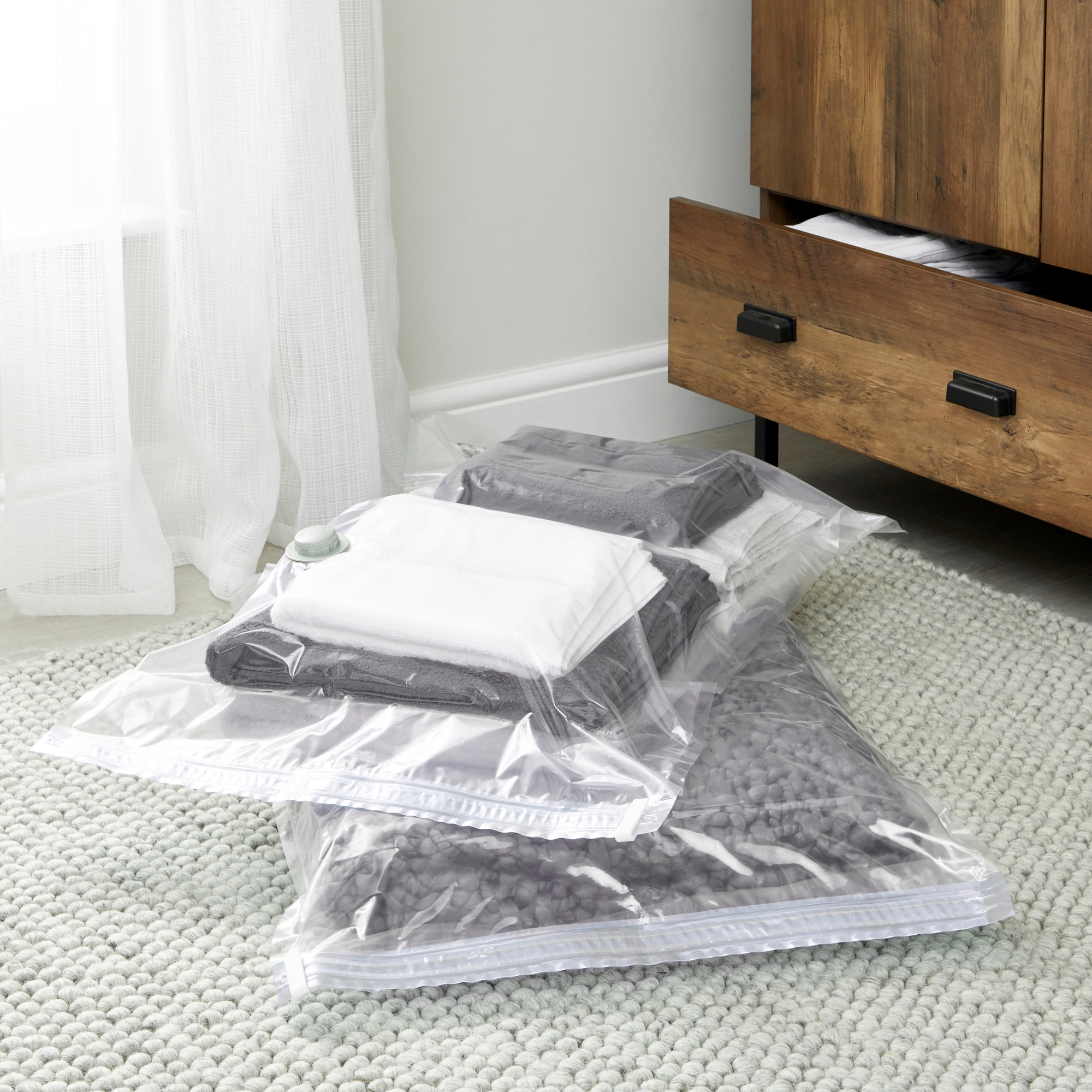
One of the simplest ways to save space in the bedroom is by scheduling a seasonal switch-out of clothing. If space allows, make it a biannual event whereby your fall/winter clothing is replaced by spring/summer as the days get longer and vice versa.
‘Vacuum packing clothes when the seasons change is a great way to save on space as suctioning the air out will compact clothing down, allowing it to be stacked neatly away or even stored in the attic until they’re required,’ says Juliette Thomas, founder and director of Juliettes Interiors.
There are a few rules to successful vacuum storage. The first is to invest in quality bags, which can be recognized by their thick plastic construction, sturdy zips and durable valves. Cheap, flimsy vacuum bags often lose their sealing powers meaning clothing won’t stay airtight and protected for long. The second is not to overfill the bags, which again can result in a broken seal. Avoid storing delicate clothing, such as cashmere and silk, in vacuum bags as the compression can ruin their fibers. Finally, always wash and thoroughly dry clothing before vacuuming into the bag.
10. Stack it up
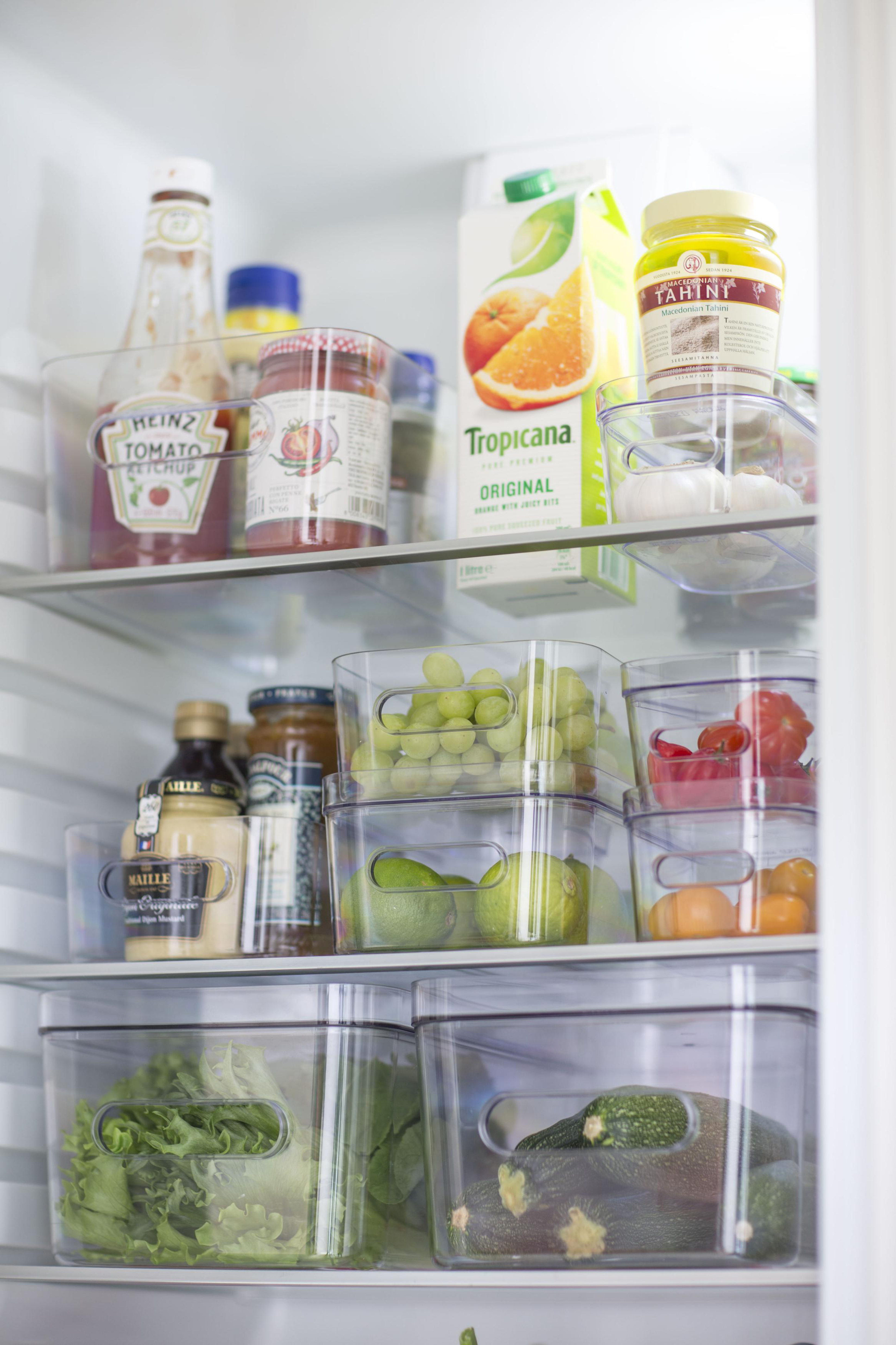
Stacking containers will allow you to fit much more into any cabinet, whether you’re organizing a bathroom cabinet, under-sink unit or even organizing a refrigerator. You can also get freestanding shelving units that are designed to slot into cabinets to make the most of the full height inside.
Being able to find everything you have stored away is essential to any home – and especially when organizing small spaces. It will help prevent unnecessary repeat purchases and, in the case of food, helps reduce waste. Try to do regular inventories to check there is nothing stashed away that you really don’t need. Weed out and donate or sell anything you haven’t required in the last 12 months. Clear containers are best for easily spotting what you need in one glance, and you can also get creative with the label maker or chalk pens to indicate what’s inside.
How do you organize a small space?
To organize a small space, first empty everything out and be completely ruthless with your belongings. Create piles for keeping, donating, binning/recycling and a final one for storing elsewhere. This last pile is for the items you’re not sure about. Put them in the loft or a similarly out of the way location (in an airtight container) and then transfer to a charity shop if you don’t need within the year.
Schedule regular clear outs of closed storage and alternate with quick tidy ups of display style storage like bookshelves and coffee tables. Put it on your calendar with alerts and don’t let it slip to the bottom of your to-do list. ‘Use separators or organisers; drawer dividers are the best organizing tool for keeping everything under control and easily accessible. They are an essential storage product if you have any drawers,’ enthuses Lizzie Grant of Declutter on Demand.
How do I organize a small space so it feels relaxing?
To organize a small space so it feels relaxing, it's important to get rid of clutter and to invest in good storage.
For example, ‘a bedroom should ultimately be a place for relaxation so it’s vitally important to plan in enough storage space when designing the room. If all you can see when you walk in is clutter, clothes, and things that need tidying away, it can be hard to relax and switch off,’ says David Norman, director, Furl.
Maximize available space by choosing furniture that has multi-uses, for example, storage beds and ottomans that sit at the end of the bed – great for stashing bulky items like bed linen, jumpers and bath towels.
‘If you don’t want to upgrade to a bed with built-in storage, look out for compartmentalized storage space savers that are designed to slide under a regular bed frame,’ adds professional organizer Kathryn Lord of More To Organising. ‘Make sure you can see every item; this saves you from making a mess looking for that one item.’
Sign up to the Homes & Gardens newsletter
Design expertise in your inbox – from inspiring decorating ideas and beautiful celebrity homes to practical gardening advice and shopping round-ups.
Linda graduated from university with a First in Journalism, Film and Broadcasting. Her career began on a trade title for the kitchen and bathroom industry, and she has worked for Homes & Gardens, and sister-brands Livingetc, Country Homes & Interiors and Ideal Home, since 2006, covering interiors topics, though kitchens and bathrooms are her specialism.
-
 Plants never to grow next to fruit trees
Plants never to grow next to fruit treesExpert advice on which plants to keep away from fruit trees to encourage a healthy harvest
By Jacky Parker Published
-
 Martha Stewart's tips for arranging daffodils are unbelievably simple and effective – it's the only flower advice you need this springtime
Martha Stewart's tips for arranging daffodils are unbelievably simple and effective – it's the only flower advice you need this springtimeMartha shows us that we can create gorgeous bouquets of this seasonal flower by simply trimming the stems and placing them in specific vases
By Hannah Ziegler Published
-
 7 dorm room organizing rules for less clutter and more space
7 dorm room organizing rules for less clutter and more spaceExperts offer their top tips for creating a well-organized dorm room, no matter the size, space, or layout.
By Ashley Chalmers Published
-
 How to maximize storage in a small or shared dorm room, according to pro organizers
How to maximize storage in a small or shared dorm room, according to pro organizersFind out all the hidden storage zones you might never have noticed
By Ashley Chalmers Published